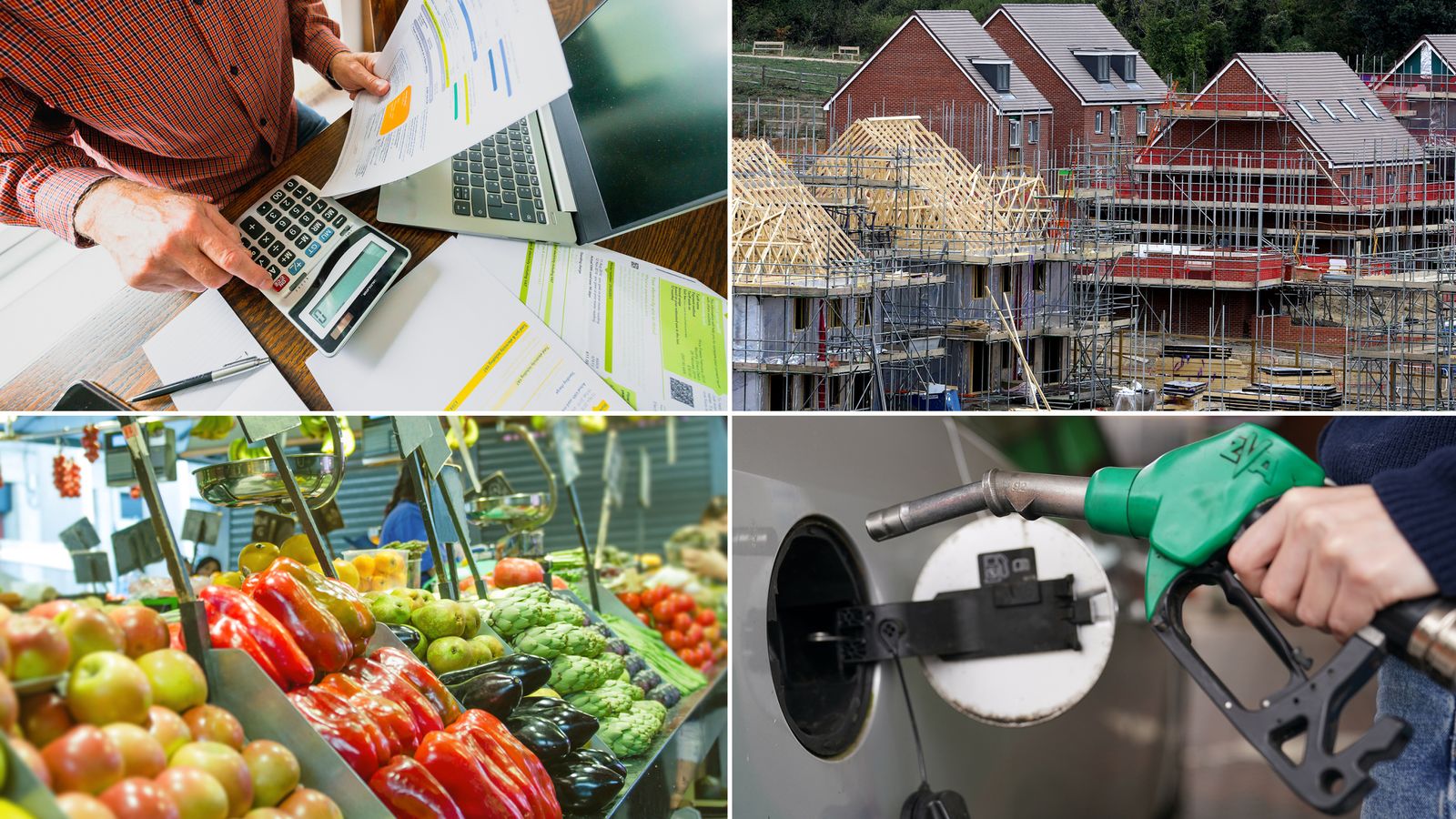U.S. solar and wind deployments are on track to hit new records in 2022 as momentum behind the energy transition grows, according to a new report from S&P Global Market Intelligence.
The firm expects as much as 44 gigawatts of utility-scale solar, and 27 gigawatts of wind to come online next year. For solar, the forecast is nearly double 2021’s estimated 23 gigawatts of new capacity. For wind, 2022’s projected additions easily surpass the current annual record of 16 gigawatts, set in 2020.
By way of comparison, the U.S. has a total generating capability of about 1,200 gigawatts, according to the Public Power Association.
A number of factors are fueling the upswing in wind and solar power generation, including the expansion of state level renewable requirements and the expected extension of tax credits for the industry.
S&P also pointed to a jump in demand from corporations. For companies looking to curb emissions, switching to renewable power is typically one of the first and easiest steps. All told, the firm expects wind and solar capacity contracted to non-utility companies to hit 40 gigawatts next year.
Energy storage, which is key for intermittent power sources like wind and solar, is also growing. S&P expects 8 gigawatts of storage to be installed in 2022, which is around six times higher than the prior record from 2020.
President Joe Biden has made climate a focus of his administration and called for a carbon-free power sector by 2035. This is part of his wider goal of pushing the country to net-zero emissions by 2050.
The infrastructure bill passed by the House on Friday evening includes billions of dollars for clean energy projects. The larger $1.75 trillion social safety net and climate package, which the House is currently debating, earmarks $555 billion in climate-related spending.
“If the current administration is successful in putting the U.S. on a path to 100% decarbonization of the energy sector by 2035, these record-setting projections are just the beginning,” S&P said of its 2022 estimates.
But not everyone is so optimistic. An October report from Rystad Energy found that more than half of 2022’s global solar buildout is under threat from rising raw material costs and supply chain bottlenecks.
The firm estimated that 56% of the expected 90 gigawatts of global new utility-scale solar could be delayed or canceled.


